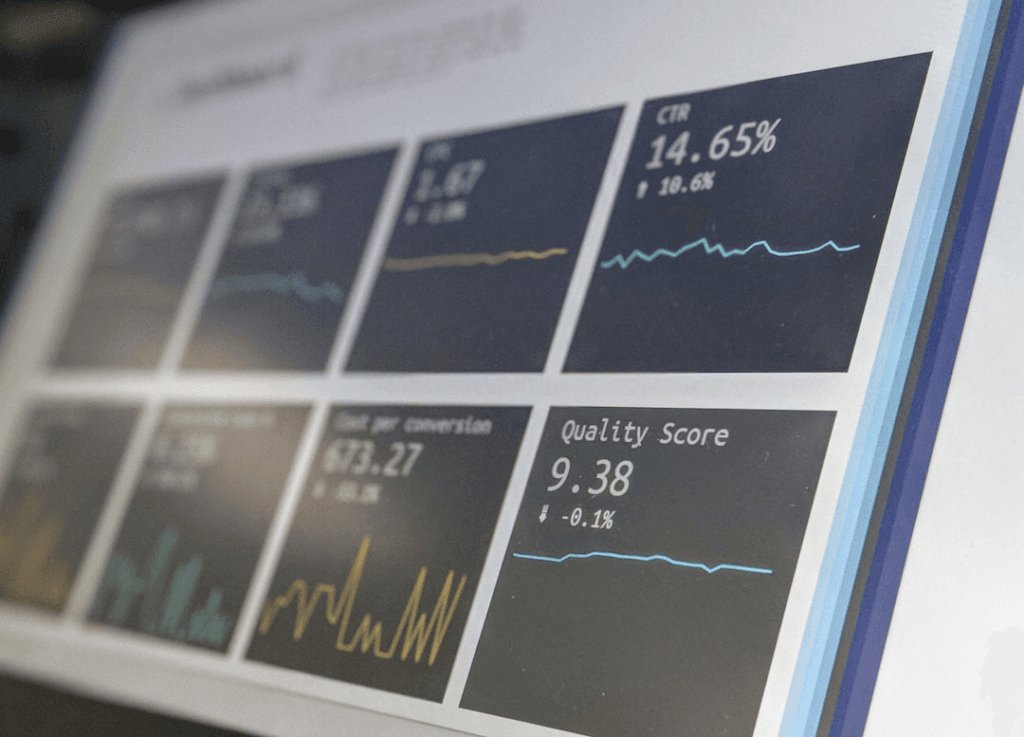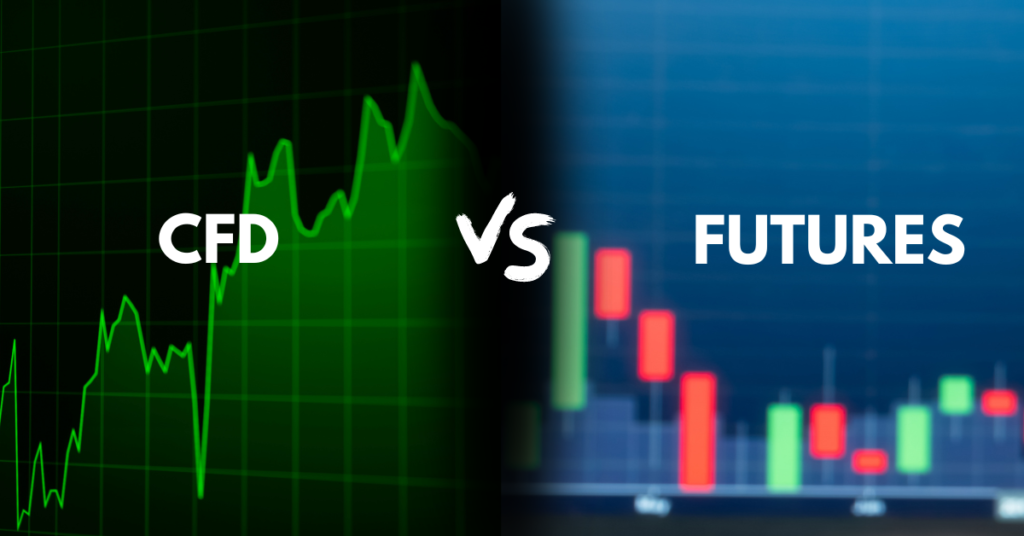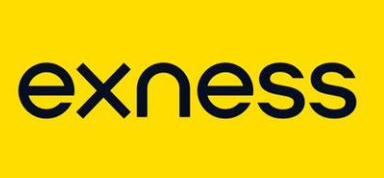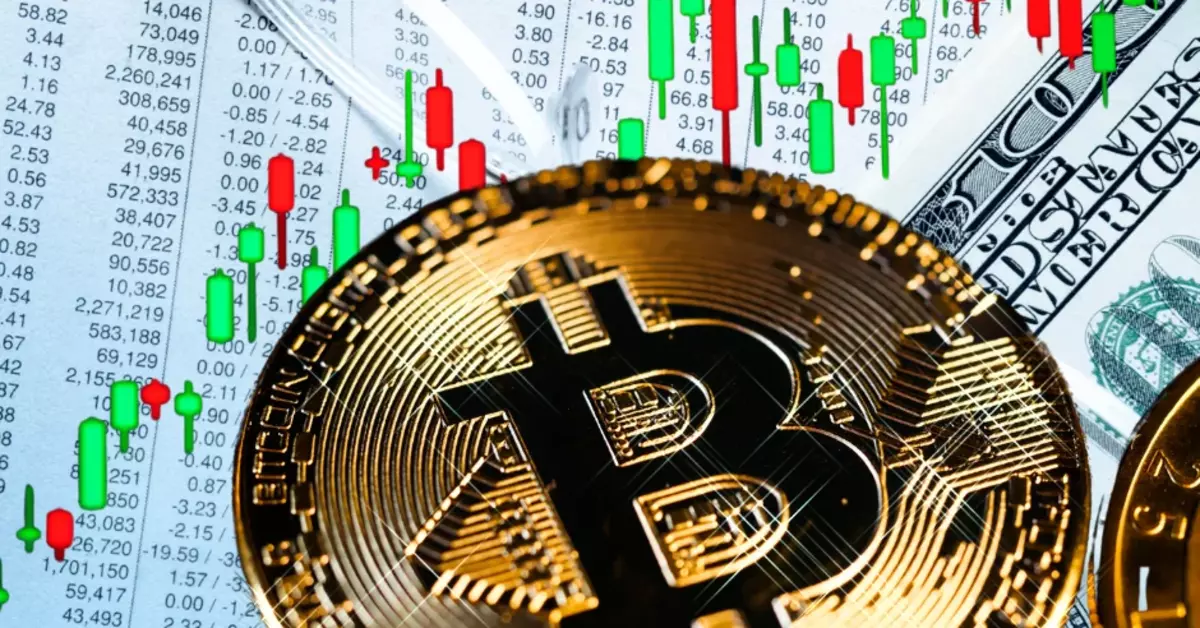CFDs and futures are widely used in trading but function quite differently. In this guide, we’ll break down the difference between CFD vs Futures: A Simple Overview
Key Takeaways
- CFDs allow trading on price movements without owning assets, while futures involve contracts with fixed prices and expiration dates.
- CFDs are highly flexible with no expiration date, making them ideal for short-term traders.
- Futures are better for long-term trades due to their structured contracts and no overnight fees.
- CFDs offer higher leverage but carry greater risk; futures have moderate leverage with higher initial capital requirements.
- Futures are more regulated and traded on exchanges, while CFDs are over-the-counter and less regulated.
What Are CFDs?
CFDs, or contracts for difference, allow traders to speculate on the price movement of financial assets without owning them. This derivative product enables you to profit from both rising (long) and falling (short) markets. You can either buy (go long) if you expect the price to rise or sell (go short) if you think the price will fall.
CFDs are popular in trading markets like stocks, cryptocurrencies, forex, and commodities. They provide traders with a flexible and dynamic trading environment. They are particularly suited for short-term trades where market movements can be quickly capitalized on.
Key Features:
- Flexibility: Open and close trades anytime.
- Leverage: Control large positions with minimal capital.
- Broad Market Access: Trade a variety of assets on a single platform.
Best For:
Short-term traders seek flexibility and quick access to diverse markets.
What Are Futures?
Futures contracts are standard agreements between two parties: a buyer and a seller. They agree to buy or sell an asset at a set price on a specific date. Unlike CFDs, futures have a fixed expiration date, requiring the contract to be settled by that time. These contracts are traded on regulated exchanges, such as CME and NYMEX, ensuring transparency and oversight.
Futures are commonly used for longer-term trades and are popular for locking in prices, especially in volatile markets. They are commonly traded in markets such as commodities, indices, and currencies. This helps traders manage risk and profit from price changes over time.
Key Features:
- Fixed Expiration: Contracts must be settled by the expiry date.
- Regulated Markets: Traded on regulated exchanges, providing more transparency.
- Leverage & Standardization: Offers controlled leverage with predefined contract sizes.
Best For:
Long-term traders or investors seeking structured, stable trading environments and protection against market volatility.
CFD Trading vs Futures: Key Differences
- Flexibility: CFDs give you more flexibility. You can open and close trades at any time. This makes them great for short-term strategies. On the other hand, Futures have fixed expiration dates. This means you must settle the contract by a certain date. This makes them better for long-term positions.
- Leverage: CFDs and futures let you trade with leverage. This means you can control a bigger position with a smaller investment. However, CFDs generally offer higher leverage, amplifying profits and losses. Always remember that trading with leverage carries the risk of losing money rapidly.
- Contract Size: CFD trading allows you to choose flexible contract sizes that suit your trading needs. Futures contracts have standard sizes. These sizes are often larger and more rigid. This makes them less accessible to some retail traders.
- Expiration: CFDs do not expire. You can keep your position for as long as you want, but be aware of any overnight fees. Futures contracts, however, expire on a set date, after which the trade must be executed.
- Markets: CFDs cover many markets, including stocks, forex, commodities, and more, giving traders a broader selection. Futures tend to focus more on commodities and indices, offering fewer options but with more structure and regulation.
CFDs and futures are different when it comes to expiration dates. CFDs do not have an expiration date, while futures must be settled at a specific time.
When choosing between the two, consider whether you prefer more flexibility or structured time frames. Whether you want to buy or sell in the market, it is important that your product matches your trading strategy for success.

Comparison of CFDs and Futures
CFDs Pros and Cons
CFDs – Pros
- ✔ More flexible: CFDs allow you to enter and exit positions anytime, making them ideal for short-term traders.
- ✔ Lower entry costs: You can start trading CFDs with smaller amounts due to lower margin requirements and flexible contract sizes.
- ✔ Wide range of markets: CFDs include many markets, such as stocks, crypto, forex, commodities, and indices, giving traders more chances to diversify their portfolios.
CFDs – Cons
- ✘ Higher leverage risk: Leverage can boost gains but also increases the risk of losing money quickly, especially in volatile markets.
- ✘ Overnight fees: Keeping CFD positions overnight often comes with fees, which can add up if you hold them for a long time.
Futures Pros and Cons
Futures – Pros
- ✔ No overnight fees: Futures contracts do not incur overnight financing costs, making them more suitable for longer-term trades.
- ✔ Good for long-term trades: Futures contracts are structured. This makes them great for traders who want to lock in prices or hold positions for a long time.
- ✔ More regulated: Futures are traded on regulated exchanges, providing more transparency and oversight than over-the-counter CFD trading.
- ✔ Futures contracts: Agreements that have a set expiration date. They need to be settled by a specific time. This makes them great for traders who can stick to long-term positions.
Futures – Cons
- ✘ Less flexible: Futures contracts have set expiration dates, which means you are limited in how long you can hold a position.
- ✘ Higher entry costs: Futures often require higher upfront capital due to their standardized contract sizes and margin requirements.
- ✘ Fewer markets: Futures mainly focus on commodities, indices, and currencies. This means there are fewer options than with CFDs.
Cost Analysis: CFD vs Futures
Understanding the costs involved is crucial when choosing between CFDs and futures. Both instruments come with distinct fee structures that can significantly impact profitability, especially for frequent traders. Below is a detailed breakdown of common costs associated with CFDs and futures trading:
| Fee Type | CFDs | Futures |
|---|---|---|
| Spread | Wider spreads set by brokers. | Narrower spreads due to exchange trading. |
| Overnight Fees (Swap) | Charged daily for holding positions overnight. | No overnight fees. |
| Commissions | Often no commission, costs are in the spread. | Fixed fees for each trade. |
| Margin Requirements | Lower margin needed, easier for small traders. | Higher margin required, better for larger accounts. |
| Slippage | Higher chance of slippage in volatile markets. | Less slippage due to regulated exchanges. |
Let’s consider a trader opening a $10,000 position in gold using both CFDs and futures:
CFDs:
Spread: 0.5% = $50
Overnight Fee: $2/day (held for 10 days = $20)
Total Cost: $70
Futures:
Commission: $10 per contract (round trip)
Exchange Fee: $2
Total Cost: $12
Which Should You Choose?
Pick CFDs if you want.
- Short-term trades: CFDs are ideal for traders who want to capitalize on price movements quickly and exit positions in the short term.
- More market options: CFDs give you access to many markets. You can trade stocks, forex, and commodities. This offers you more flexibility in your trading choices.
- Lower upfront costs: CFDs usually have lower entry requirements. This lets traders start with smaller amounts. They can also use leverage to boost potential returns.
Choose futures if you prefer.
- Long-term positions: Futures work well for traders who want to secure prices for a longer time. They do not worry about daily market changes.
- No overnight fees: If you keep a position for weeks or months, futures are helpful. They do not have overnight financing fees.
- More regulation: Futures are traded on well-regulated exchanges. This gives protection and transparency for traders who like structured environments.
Additional Depth in Risk Management:
Effective risk management is one of the most crucial factors when trading CFDs or futures due to the high leverage. One key strategy is to set stop-loss orders. These orders automatically close your position if the market moves against you. This helps you limit potential losses.
Additionally, always monitor your trading account to ensure you have enough margin to avoid liquidation. By using these tools and having a clear trading plan, you can manage the risks of buying or selling leveraged products better.
In addition to stop-loss orders, traders can use take-profit orders to manage their positions more effectively. A take-profit order is a tool that helps you close a trade automatically. It does this when the market hits a certain price. This way, you can secure your profits.
By combining stop-loss and take-profit orders, you can limit potential losses while locking in profits. This will ensure better control over your trading account in both buying and selling scenarios. These tools help maintain a disciplined approach, especially when trading leveraged products like CFDs and futures.

Remember, CFDs and futures use leverage, which can increase your profits and losses. Due to the risk of losing money, it’s important to have a clear risk management strategy in place.
Conclusion
Understanding the critical differences between CFDs and futures is crucial for making smarter trading decisions. CFDs offer more flexibility. This makes them a good choice for short-term traders. They want access to many markets. On the other hand, futures are ideal for those looking to secure long-term positions with more structure and no overnight fees.
When choosing between CFD trading vs Futures, consider your trading goals, risk tolerance, and your comfort with leverage.
Both CFDs and futures offer the opportunity to use leverage, which can amplify both your profits and losses. Therefore, it’s essential to have a clear risk management strategy in place.
Frequently Asked Questions (FAQ)
Futures are standard contracts. They allow you to buy or sell an asset at a set price on a specific date.
Choose CFDs if you prefer short-term trading, flexibility, and access to a variety of markets.
Choose futures if you’re looking for long-term positions, structured contracts, and no overnight fees.
Futures: Fixed expiration dates, larger contract sizes, and margin calls in volatile conditions.
Stop-loss orders to limit potential losses.
Take-profit orders to lock in gains.
Regular account monitoring to maintain sufficient margin levels.
Diversification to spread risk across different assets.
















